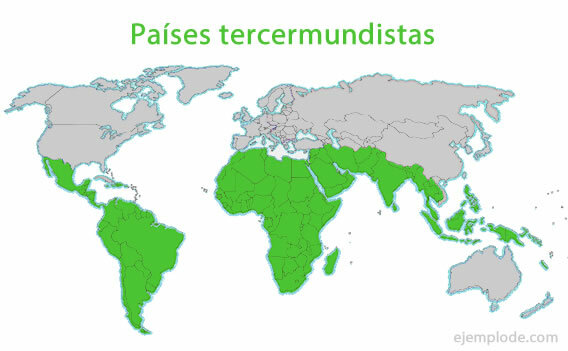Importance of monitoring Triglycerides and Cholesterol
Miscellanea / / August 08, 2023
 One of the basic functions for life is feeding, a process whose purpose is to obtain the different nutrients from food. These nutrients are of three main types: carbs, proteins and lipids.
One of the basic functions for life is feeding, a process whose purpose is to obtain the different nutrients from food. These nutrients are of three main types: carbs, proteins and lipids.
Carbohydrates are the main source of energy, the body can store a quantity in the liver in the form of glycogen; proteins are made up of amino acids that are used to synthesize different substances and muscle tissue, but cannot store, finally fats are known as lipids and are the main form of storage of energy.
The process of lipid absorption takes place in the digestive tract, and for this it is necessary to separate it from the rest. nutrient components, this process occurs initially in the stomach with peristaltic movements, once he food passes into the first portion of the small intestine comes into contact with the bile and secretions of the pancreas where various enzymes, at this level the lipids are grouped into water-soluble particles that pass through the wall of the intestine into the torrent sanguine. The main types of lipids in the blood are triglycerides and cholesterol.
Every time the body requires energy, it gets it through a process known as fatty acid oxidation, which takes place in a structure in the cell known as mitochondria. Triglycerides are the main source of energy from lipids in the body, cholesterol for its part is found in the membranes of the cells and is used as a precursor to synthesize bile and various hormones for this reason it is necessary in our body for its normal functioning.
Cholesterol and triglycerides travel in the blood in structures called Lipoproteins, these can be of 3 types according to their acronym in English: LDL, VLDL and HDL.
 LDL (Low Density Lipoprotein) is also known as bad cholesterol, because this is the form of cholesterol that goes to the arteries to cause arteriosclerosis; while HDL (High Density Lipoprotein) is called good cholesterol, the latter is because HDL participates in a process known as reverse cholesterol transport that consists of carrying cholesterol from the tissues to the liver for its use or elimination via bile. For its part, VLDL (Very Low Density Lipoprotein) is made up mainly of triglycerides.
LDL (Low Density Lipoprotein) is also known as bad cholesterol, because this is the form of cholesterol that goes to the arteries to cause arteriosclerosis; while HDL (High Density Lipoprotein) is called good cholesterol, the latter is because HDL participates in a process known as reverse cholesterol transport that consists of carrying cholesterol from the tissues to the liver for its use or elimination via bile. For its part, VLDL (Very Low Density Lipoprotein) is made up mainly of triglycerides.
The excessive intake of refined sugars causes large amounts of triglycerides to be produced to try to store the surplus, which increases VLDL levels, for its part, the intake of saturated fats increases LDL levels, which favors the development of arteriosclerosis.
The consumption of fatty acids of the Omega 3 type have the property of decreasing the levels of VLDL and increase HDL, which is why they have an important protective role in cardiovascular health by decrease the training of plaque in the arteries and decrease blood pressure figures.
Fotolia Arts: robert cicchetti, tatadonets

